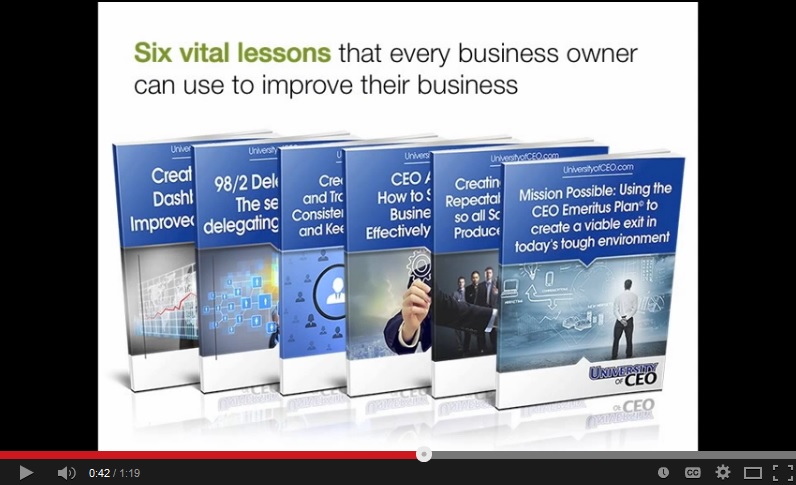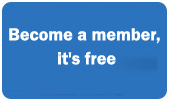It is estimated that 50% of Americans consume at least one soda per day, totaling about 8.5 billion gallons. SodaStream (NASDAQ: SODA) has taken an interesting approach to this market, dominated by Coke and Pepsi. Coke and Pepsi have a traditional sales and distribution model centered around transforming concentrated syrup into a bottle of soda and getting it into the hands of a customer. Soda Stream makes a home soda system that takes syrup, injects CO2 and water, producing a liter of soda right in your kitchen.
On the surface, this razor-and-blades business model seems like a vast improvement of the clunky, multi-step distribution model of Coke and Pepsi. A variety of flavors are available for every taste. The stock has risen dramatically and year-over-year revenues are up 49%. Soda Maker Units, Flavor Units, and CO2 Refill Units have shown increases of 31%, 76% and 19% respectively. This is no anomaly for SodaStream. With the exception of a blip in the 1st quarter of 2011, the company has realized 15 quarters of consecutive revenue growth. SodaStream has grown earnings at a rate of 67% year over year in 2012.
The real question for the SodaStream business model is twofold:
1. How much distribution is lost with the direct-to-consumer soda bottling business model? With no convenience store purchases, one bottle at a time purchases, or soda fountain purchases (which is 24% of all soda sales), much of the market is unavailable to SodaStream. By the same token, the take-home soda market is still a significant percentage of the $76 billion market.
2. What about the kid factor? Eighty percent of all schools have a contract with Coke or Pepsi. Adults might enjoy the advantages of SodaStream, but good luck converting a 13-year-old away from Coke or Pepsi.
3. Is home-bottled soda the next fad like home bread makers and pasta makers? Fans point to the green effect of a home-based system free from transportation of caramel-colored water and millions of wasted bottles. Pundits dislike the business model because of the inconvenience factor plus the lack of branded soda flavors. Generic soda is the only type available on SodaStream (e.g. Lemon Lime vs. 7-Up, Cola vs. Coke). On store shelves, generic soda represents less than 2% of all soda sales.
So far, like or dislike the model, it’s working. You can find the SodaStream machines in most major retailers from Wal-Mart to Bed Bath & Beyond. The company has the critical mass to continue growth if the trend is more than a fad. If I am going to weigh in, I vote fad. The thought of filling and refilling my very own one liter bottle of non-Coke product versus picking up a bottle at any of thousands of convenient locations just doesn’t cut it for me. If SodaStream partnered with Coke, Pepsi or both and had availability of flavors customers wanted, my opinion would change a bit. I still vote fad, but I think the fad would last several years longer before 2010’s version of making your own pasta wore off.
What do you think of the SodaStream business model?








